A wedge of mass M=2m rests on a smooth horizontal plane. A small block of mass m rests over it at left end A as shown in figure. A sharp impulse is applied on the block, due to which it starts moving to the right with velocity v0=6ms−1. At highest point of its trajectory, the block collides with a particle of same mass m moving vertically downwards with velocity v=2ms−1 and gets stuck with it. If the combined body lands at the end point A of body of mass M, calculate length l. Neglect friction (g=10ms−2).
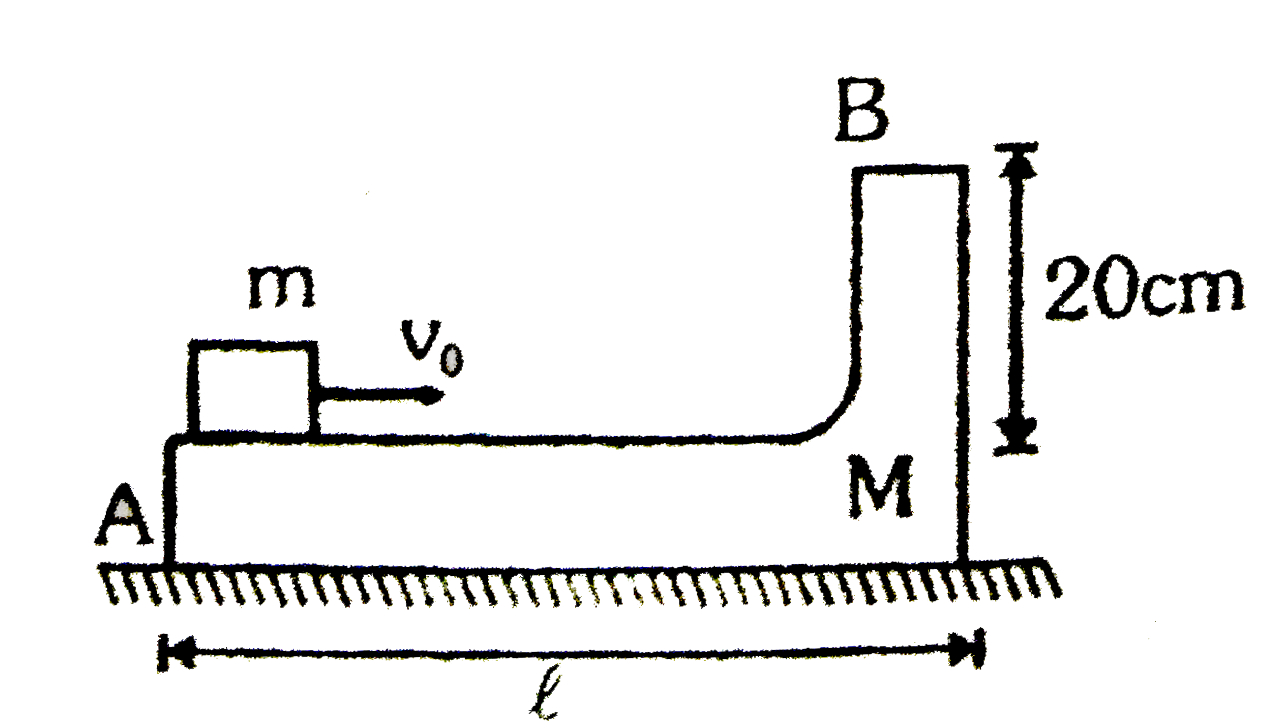
The correct Answer is:40cm
COLM⇒mv0+0=(m+2m)v1⇒v1=(v03)
After collision at highest point
vx=1m/s(=mv12m)
vy=1m/s(=m×22m)
COME⇒12mv20=12m(v21+v22)+12(2m)v21⇒v2=√24m/s
Max height attained =v222g=1.2m
For the block vx=1m/s
while for the wedge it has vx=2m/s
(vXwedge−vXwedge)t=t & (ut+12at2) block =1.2
⇒t=0.4sec and l=(2−1)t=0.4m=40cm

Topper's Solved these Questions
- BOOK - ALLENCHAPTER - CENTRE OF MASSEXERCISE - EXERCISE-V A20videos
CENTRE OF MASS
- BOOK - ALLENCHAPTER - CENTRE OF MASSEXERCISE - EXERCISE-V B19videos
CENTRE OF MASS
- BOOK - ALLENCHAPTER - CENTRE OF MASSEXERCISE - EXERCISE-IV A32videos
CENTRE OF MASS
- BOOK - ALLENCHAPTER - BASIC MATHEMATICS USED IN PHYSICS &VECTORS EXERCISE - EXERCISE-IV ASSERTION & REASON11videos
BASIC MATHEMATICS USED IN PHYSICS &VECTORS
- BOOK - ALLENCHAPTER - ELASTICITY, SURFACE TENSION AND FLUID MECHANICSEXERCISE - Exercise 5 B (Integer Type Questions)3videos
ELASTICITY, SURFACE TENSION AND FLUID MECHANICS
Similar Questions
A block of mass m is at rest on a rough wedge as shown in figure. What is the force exerted by the wedge on the block?
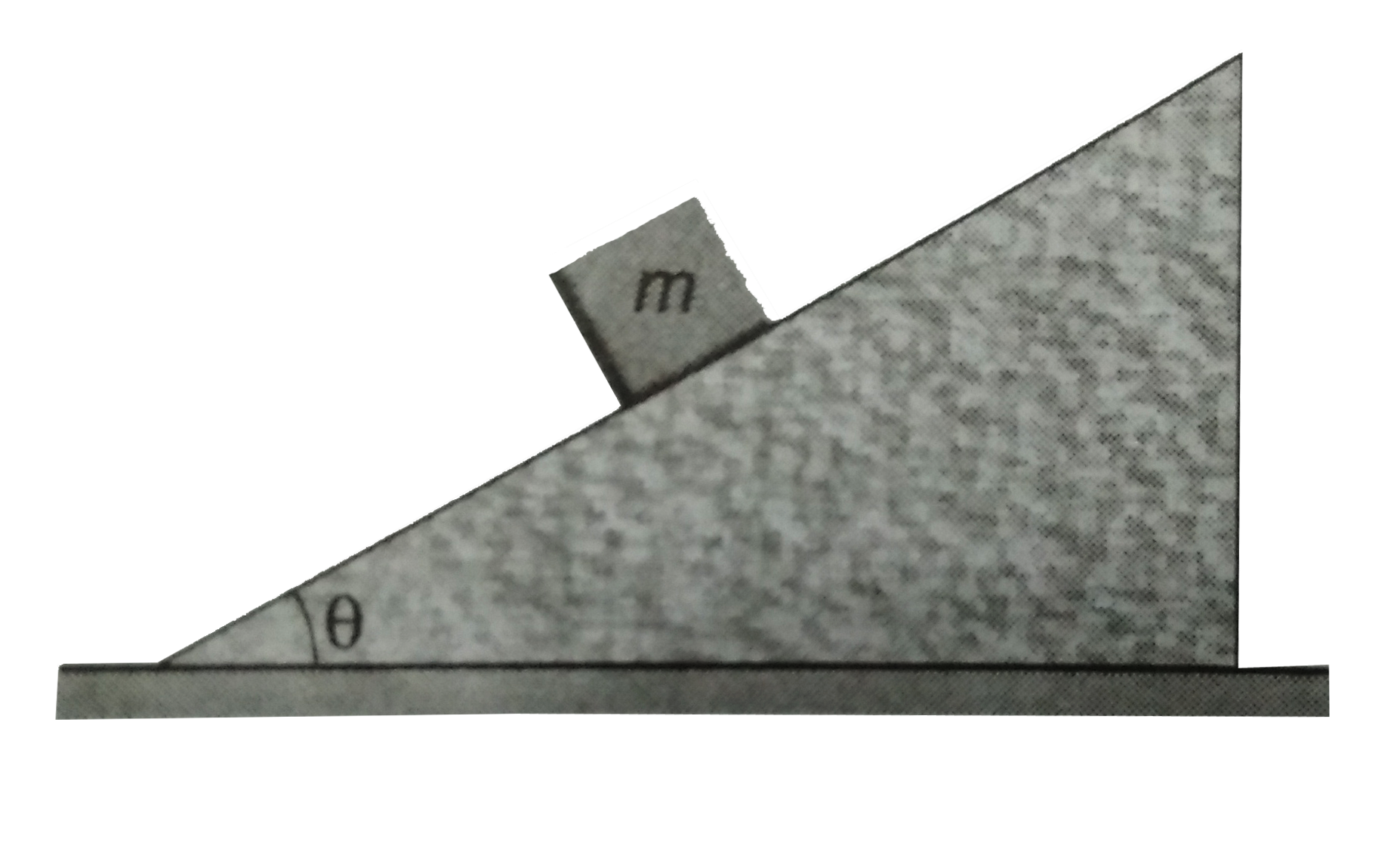 View Solution
View SolutionA block of mass m is at rest on a rought wedge as shown in figure. What is the force exerted by the wedge on the block?
 View Solution
View SolutionA block of mass m is at rest on a rough wedge as shown in figure. What is the force exerted by the wedge on the block?
 View Solution
View SolutionA smooth wedge of mass M rests on a smooth horizontal surface. A block of mass m is projected from its lowermost point with velocity v0. What is the maximum height reached by the block?
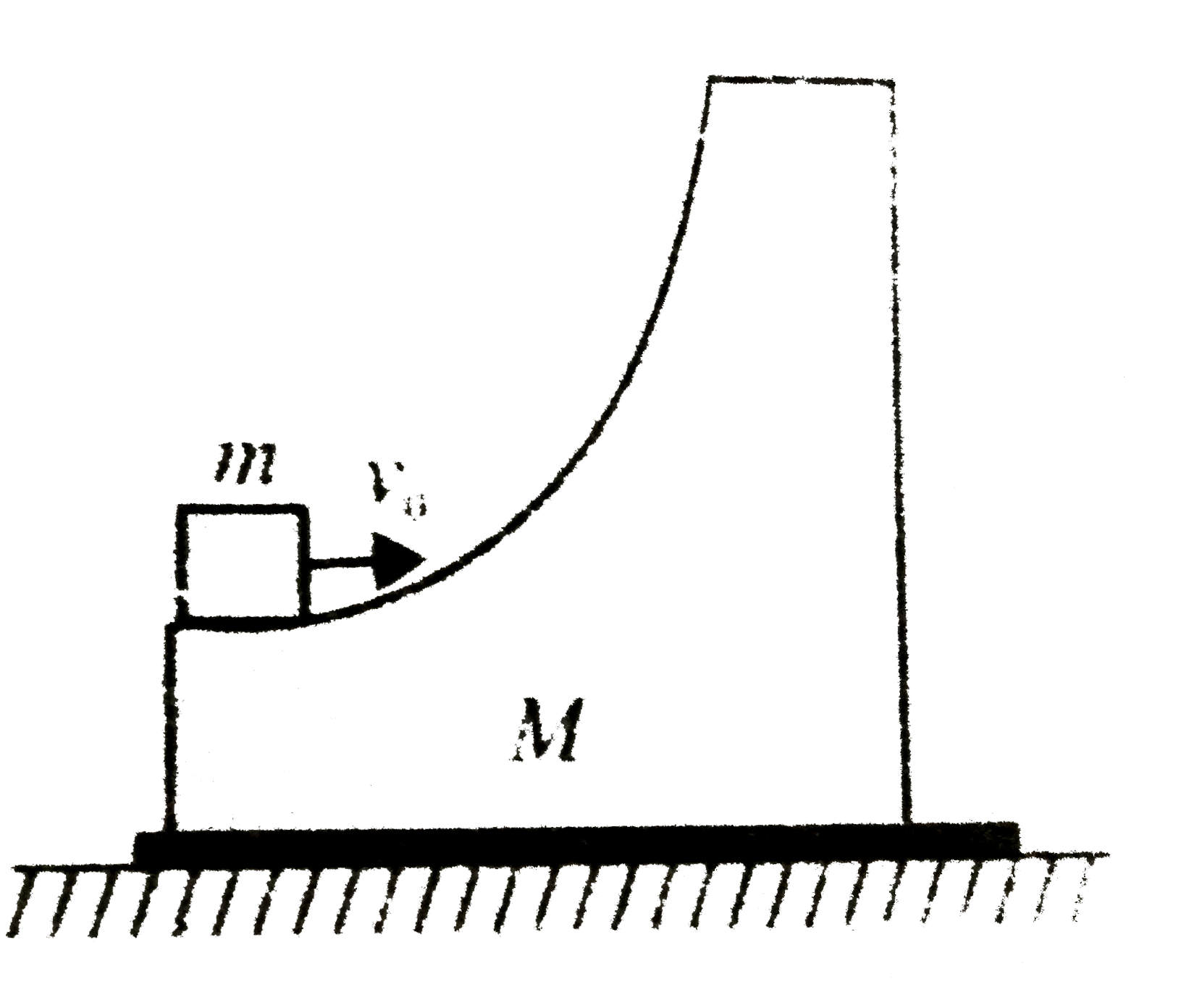 View Solution
View SolutionA smooth wedge of mass M rests on a smooth horizontal surface. A block of mass m is projected from its lowermost point with velocity v0. What is the maximum height reached by the block?
 View Solution
View SolutionA horizontal force F pushes wedge of mass M on a smooth horizontal surface. A block of mass m is stationary to the wedge, then:
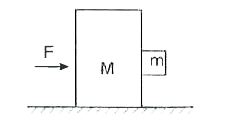 View Solution
View SolutionA block of mass m is released from a wedge of mass m as shown in figure . Find the time taken by the block to reach the end of the wedge.
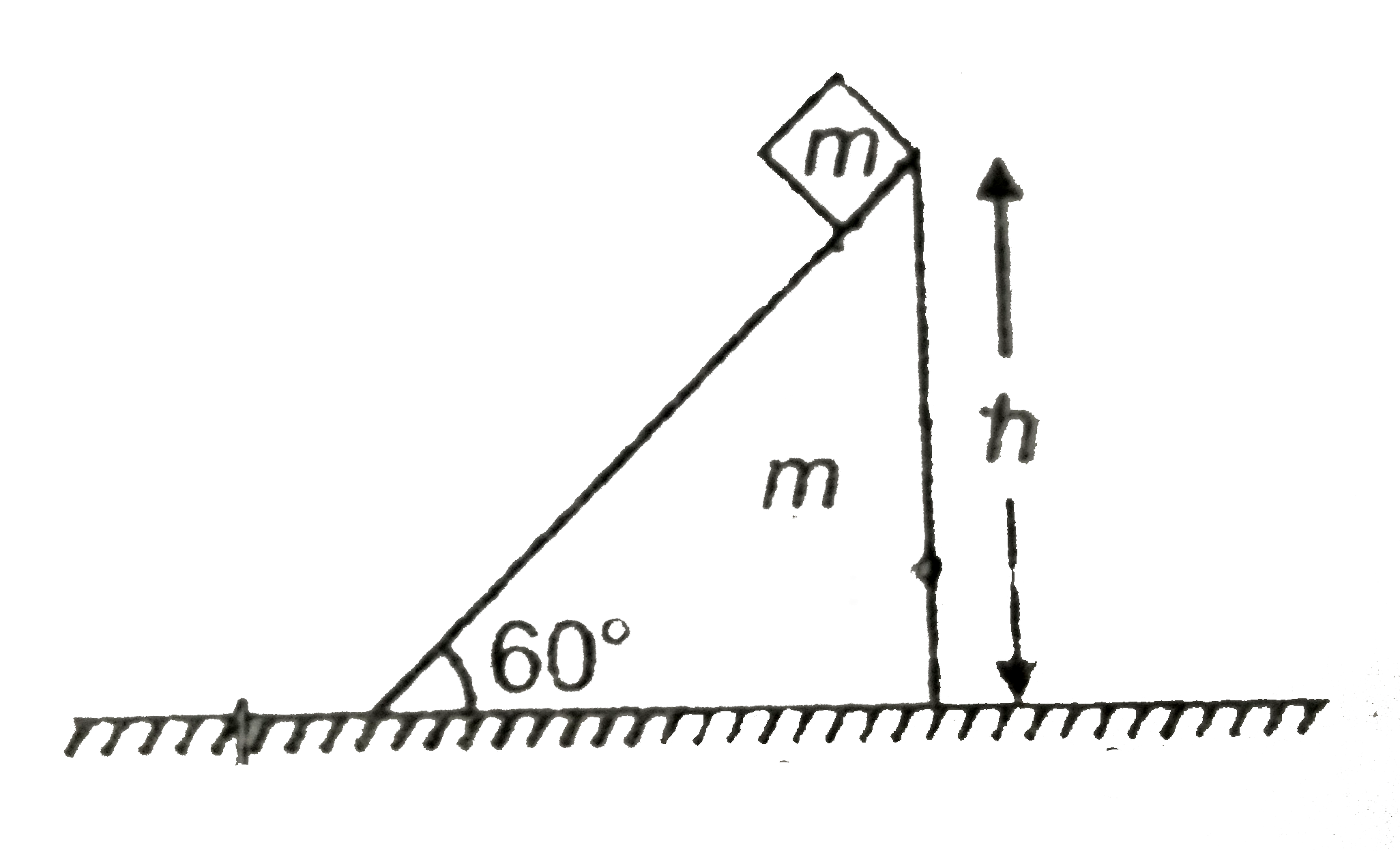 View Solution
View Solution_2019_CBT4_E01_069_Q01.png)
A wedge of mass 4m is initially at rest on frictionles horizotnal surface. A small block of mass m moving with speed v0 and climbs on wedge. Find maximum height achieved by blockView SolutionA wedge shaped block A' of mass M is at rest on a smooth horizontal surface. A small block 'B' of mass 'm' placed at the top edge of inclined plane of length 'l' as shown in the figure. By the time, the block 'B' reaches the bottom end, the wedge A moves a distance of:
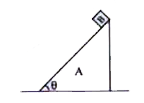 View Solution
View SolutionA block of mass m is placed on a smooth wedge of mass M, as shown in the figure . Just after placiing block m over wedge M.
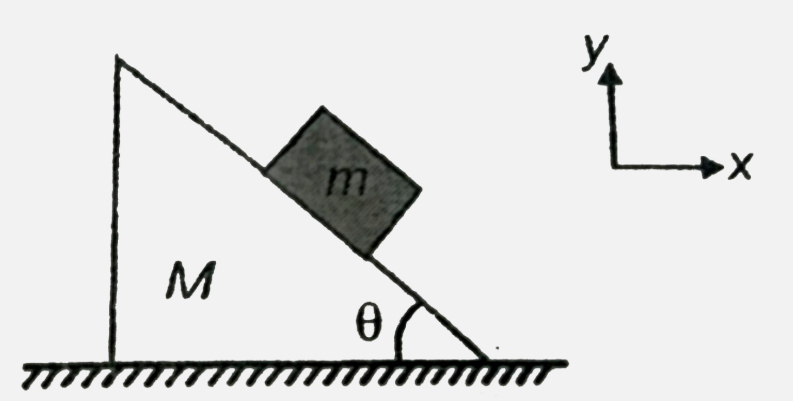 View Solution
View Solution
